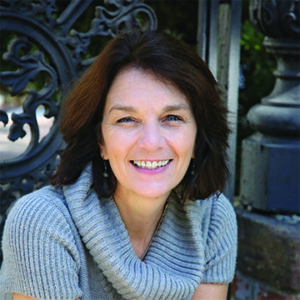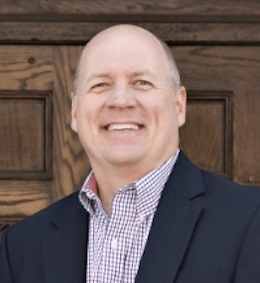Moving from in-person to virtual spaces during the COVID-19 pandemic has boosted engagement and outreach for many churches, but the transition came with a variety of growing pains, especially around technology and online etiquette.
And the challenges were experienced by both the students and teachers of Bible studies and Sunday school classes, said Jayne Davis, associate pastor for discipleship at First Baptist Church in Wilmington, N.C.

Jayne Davis
“There was a learning curve in the beginning,” she said of teaching, learning and fellowshipping online. “It was difficult figuring out how to engage when you can’t have eye contact with everyone.”
Davis and other ministers recounted weeks and months of sometimes-exasperating, sometimes-humorous experiences downloading Bible studies, adjusting camera angles, muting and unmuting microphones and trying to find the perfect Zoom background.
And the glitches continue in some contexts as clergy and laity overcome the hurdles of being church in little squares on a screen. “That’s just part of the cost of doing business right now,” Davis said.
Another cost of doing business is the understandable burnout that a lot of people have experienced after 12 months of maintaining virtual congregations, said Philip Vestal, associate pastor at First Baptist Church in Marietta, Ga.
There, the process began “with some learning curves and technical challenges” that morphed into excitement over the novelty of the format before being exposed as a paltry substitute for in-person fellowship, he said.

Philip Vestal
“What’s better is the flexibility and the convenience” that online classes provide, he said. “What’s worse is the lack of personal presence, the computer glitches and lag times, and not being able to hear each other talk. We also worry about those who didn’t join Zoom, for whatever reason. We don’t want them to feel abandoned.”
Teaching online also added challenges that remain even now, he said. “With Zoom, you have to be patient and more intentional as to identify who is speaking or who is wanting to speak.”
The opening stages of virtual church were among some of the most challenging of the pandemic, said Tommy Bratton, minister of Christian formation at First Baptist Church in Asheville, N.C.
“It’s been difficult. It’s been a huge learning curve.”
The difficulty stemmed from unfamiliarity with the technology and acceptable behaviors in using it, he said. “Early on, muting was a problem and still is a problem. People don’t know how to mute. For other people, it’s volume and their microphones. Sometimes you just can’t hear them.”

Tommy Bratton
Another distraction was — and sometimes still is — the electronic backgrounds Zoom provides. The images, which include nature and space scenes, often make the speaker disappear if the camera or lighting aren’t adjusted properly.
“We spent way too much time early on making sure we had the right background, and people were bouncing in and out of the picture. It was distracting. And we still have the lighting issues for some people — they are always in the dark,” Bratton said.
Others continue to struggle with their computers or smartphone cameras, resulting in only partial images of their faces or heads showing. “Things are more challenging when people are involved but they are on mute and something distracts them, or you can see them talking off screen. Sometimes they are laughing because someone else is telling them a joke on the chat,” he said.
A dog or cat suddenly entering someone’s square can derail a teacher’s concentration, too, Bratton said. “Anything that was being talked about is totally forgotten and everyone wants to focus on that cute dog. In some ways it can be positive, but in the midst of a focused time, it is a little bit harder.”
It can be equally hard for ministers and other teachers to know when to reign in distracting behaviors during online sessions, said Matt Rollins, minister of spiritual formation and outreach at First Baptist Church of Greenville, S.C.
“Sometimes I worry about sounding rude or controlling or confrontational, which may have more to do with society in the South than with the Zoom age,” he said. “But there have been times when I was reluctant to ask someone to mute themselves because I was worried about how it would come across.”

Matt Rollins
Those and other “learning curves” have been worth the effort, however, as the congregation strove to remain connected during the coronavirus outbreak, Rollins said.
Nor will they keep the church from increasing its virtual technologies and offerings even after the pandemic eventually subsides, he added. “We have found it to be a good way to engage people going forward and being flexible for people who cannot always get here.”
Davis added the many of the hiccups along the way to virtual church were inevitable but have been worked out as teachers learn more about the technology.
“If there are five people, then I’m good. But if there are 12 or more, I can set it up so we have smaller breakout groups. This is especially good for people who are not as comfortable speaking in large groups,” she said. “You have to think through the logistics of your lessons you might not have before.”
Davis said she views the past 12 months adjusting to virtual technology as preparation for the future. “This ship has sailed. We are not going back to how it was before. We will go back in person, but the technology will be coming with us.”


